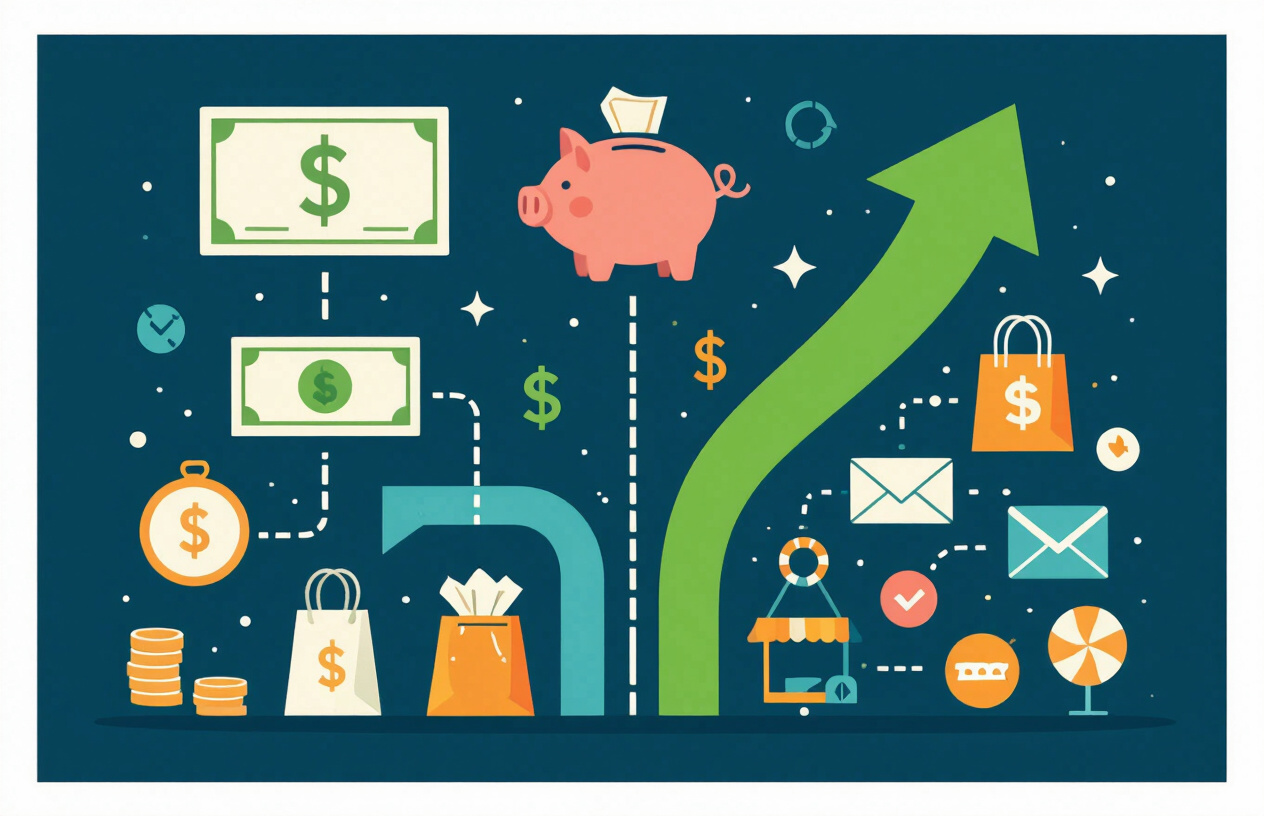Budgeting and Saving for Financial Stability
Understanding Budgeting: The Cornerstone of Financial Management
When exploring what are the different types of money management, budgeting stands out as the foundation of financial success. Budgeting is simply creating a plan that helps you allocate your money to balance what comes in with what goes out. Think of it as drawing a map before starting a journey—you need to know where your financial resources should go to reach your destination.
Creating a budget begins with knowing exactly what you're working with. Calculate your total net income after taxes, including your primary salary, any side hustles, investment returns, or rental properties. This gives you a realistic picture of the money you actually have available to work with each month.
The next step involves tracking where your money goes. Divide your expenses into two main categories:

- Fixed expenses: These are predictable costs like rent, mortgage payments, utilities, insurance premiums, and loan payments - Variable expenses: These fluctuate monthly, such as groceries, dining out, entertainment, and shopping
This categorization helps reveal spending patterns that might surprise you—like discovering you're spending $300 monthly on coffee shops when you thought it was closer to $50.
For a budget to truly work, it needs direction. Set clear financial goals and organize them by timeline:
Short-term goals: Paying off a credit card, building an emergency fund, or saving for a vacation within the next year
Long-term goals: Saving for a home down payment, funding your children's education, or building a retirement nest egg
With your income, expenses, and goals clearly defined, you can create a budget plan that aligns with your financial priorities. Allocate specific amounts to different spending categories while ensuring your total expenses don't exceed your income. Many people follow the 50/30/20 rule—spending 50% on needs, 30% on wants, and saving 20%—but your ideal percentages may differ based on your unique situation.
Remember that a budget isn't a "set it and forget it" tool. Life changes, income fluctuates, and new financial goals emerge. Review your budget regularly—monthly is ideal—to track your progress, identify areas for improvement, and make necessary adjustments to stay on course with your financial objectives.
Building a Financial Buffer Through Saving
Among the different types of money management, saving deserves special attention. Saving is intentionally setting money aside for future use, creating a financial cushion for emergencies and enabling larger purchases without borrowing.
The most successful savers follow the "pay yourself first" approach. Rather than saving whatever's left after spending, automatically direct a portion of each paycheck to savings before paying bills or making discretionary purchases.

Set up automatic transfers from your checking to savings account on payday to make this effortless.
An emergency fund is your financial first aid kit. Aim to save three to six months of essential living expenses to protect yourself from unexpected financial setbacks like medical emergencies, major home repairs, or sudden job loss. This safety net prevents you from going into debt when life throws curveballs.
Where you keep your savings matters tremendously. A high-yield savings account will grow your money significantly faster than traditional savings accounts. The difference between a 0.01% and a 3.5% annual percentage yield can amount to hundreds or thousands of dollars over time in additional interest earnings.
Beyond emergency savings, create dedicated funds for specific goals. Whether saving for a dream vacation, home down payment, or advanced degree, having separate accounts for different objectives helps maintain focus and prevents the temptation to raid one savings goal for another.